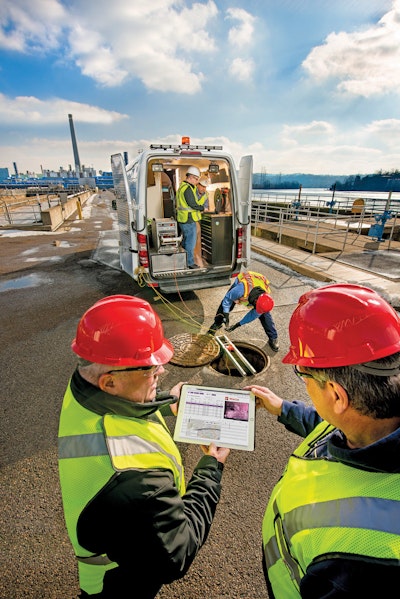Sewer inspection is only as valuable as the data it yields. It starts with recognition and accurate coding of defects, but the real value comes when that data is leveraged to make smarter infrastructure management decisions.
WinCan was the first inspection software on the market,...








